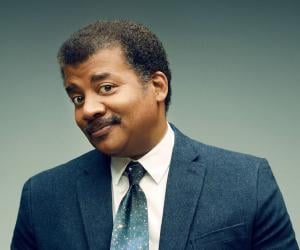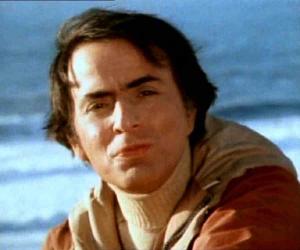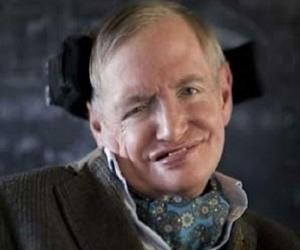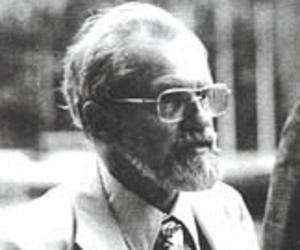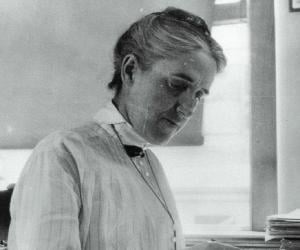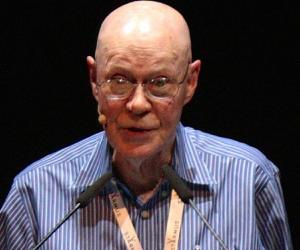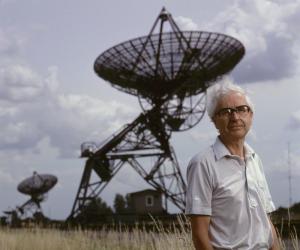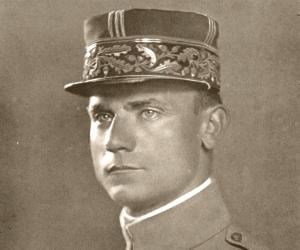Public Welfare Medal-winning astrophysicist and academic Neil deGrasse Tyson hosted shows such as NOVA ScienceNow, Cosmos: A Spacetime Odyssey, and Star Talk. He is the director of Hayden Planetarium and contributed to the dismissal of Pluto’s status as the ninth planet. He has also written a monthly column as "Merlin.”
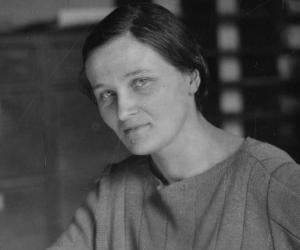
After losing her father at 4, Cecilia Payne-Gaposchkin was raised singlehandedly by her mother. The incredibly talented Cecilia studied at Cambridge but failed to secure a degree because of her gender. She later joined Harvard and opposing prevalent beliefs, proposed that stars were mainly made of hydrogen and helium.
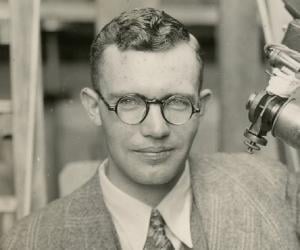
Though he wasn’t formally educated in astronomy, Clyde Tombaugh was immensely interested in the subject since childhood and had built his own telescope after high school. He grew up to discover Pluto, then regarded as the ninth planet but later declared a "dwarf planet," and many other celestial bodies.
Stephen Hawking was an English theoretical physicist and cosmologist, who despite being afflicted motor neurone disease that severely limited his physical abilities, was able to build a phenomenally successful career. He was the first to set out a theory of cosmology explained by a union of the general theory of relativity and quantum mechanics. Hawking was ranked 25 in the BBC's poll of the 100 Greatest Britons, in 2002.
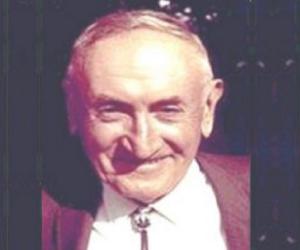
Born to a businessman and diplomat father in Bulgaria, Fritz Zwicky was initially sent to Switzerland to study commerce but ended up deviating to math and physics. He then moved to the U.S. to work with Caltech and gained fame for his research on what he called the supernova.
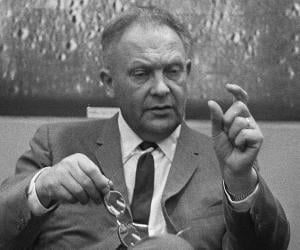
Gerard Kuiper was blessed with an unusually sharp eyesight and could see stars clearly with the naked eye. The Dutch-born scientist later moved to the U.S., where he established the University of Arizona’s LPL. He also initiated research on the belt of comets surrounding the Sun, known as the Kuiper belt.
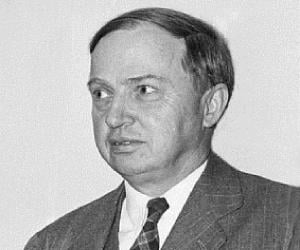
American scientist Harlow Shapley is best-remembered for ascertaining correct position of Sun within Milky Way Galaxy and for heading the Harvard College Observatory. He determined the size and shape of the Milky Way Galaxy and the Sun’s position within it using the Cepheid variable stars and wrote the Liquid Water Belt that provided scientific acceptance to Hubertus Strughold’s ecosphere theory.
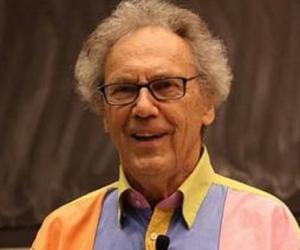
When the American government, baffled by unexplained sightings of flying objects, assigned J. Allen Hynek the task of solving the mystery, Hynek was sceptical. However, he later became the first person to scientifically analyze such sightings. He also established the "Close Encounter" classification system to study UFOs.
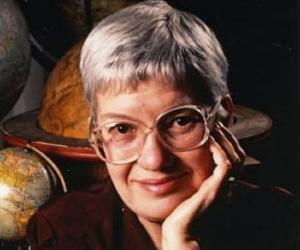
American astronomer Vera Rubin is best known for her pioneering discoveries on galaxy rotation rates, her groundbreaking work confirming the existence of dark matter and for her life-long advocacy for women in science. She studied the galactic rotation curves and provided strong evidence of the existence of dark matter. The Vera C. Rubin Observatory in Chile is named after her.
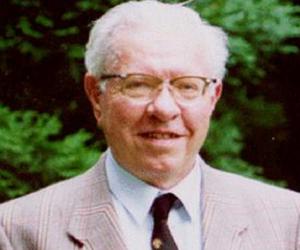
Fred Hoyle was an English astronomer known for his theory of stellar nucleosynthesis. He spent most of his career at the Institute of Astronomy at Cambridge, serving as its director for six years. He was also an author of science fiction novels, short stories, and plays and appeared in a series of radio talks on astronomy for the BBC.
Born to a church minister, Henrietta Swan Leavitt grew up to work as a “human computer” at the Harvard Observatory. The American astronomer gained fame for discovering the period-luminosity relation of Cepheid variables. However, her brilliant scientific career was halted by her death due to stomach cancer at 53.
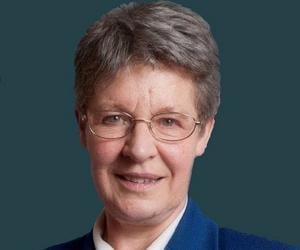
Jocelyn Bell Burnell is an astrophysicist from Northern Ireland. As a postgraduate student, she discovered the first radio pulsars. She graduated from the University of Glasgow and pursued an academic career. In 2018, she received the Special Breakthrough Prize in Fundamental Physics for her discovery of radio pulsars. She donated the three million dollars she received as prize money.
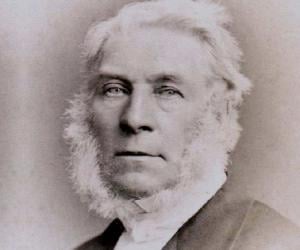
Renowned meteorologist and aeronaut James Glaisher was a pioneer of balloon flights and had penned the iconic book Travels in the Air. He had also contributed to the formation of the Meteorological Society and the Aeronautical Society of Britain. The 2019 movie The Aeronauts depicts his exploits as a balloonist.
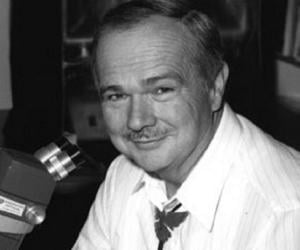
Best known for discovering the Shoemaker-Levy 9 comet, with his wife, Carolyn, and David H. Levy, Eugene Merle Shoemaker was an American astrogeologist who had also worked with the U.S. Geological Survey. He had been part of NASA’s lunar exploration missions. Following his death, his ashes were transported to the Moon.
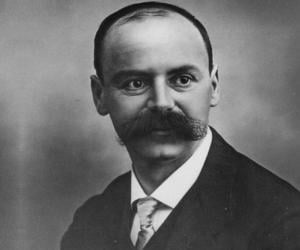
Karl Schwarzschild was a German astronomer and physicist. He is remembered for his contributions to the general theory of relativity; Schwarzschild came up with the first exact solution to the Albert Einstein field equations. He also contributed immensely to the theory of black holes.
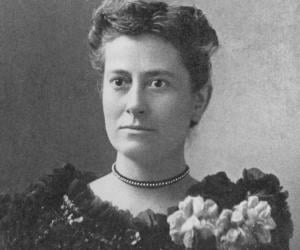
Born in Scotland, Williamina Fleming moved to the U.S. with her husband, where she began working as a housekeeper for Harvard Observatory director Edward C. Pickering. Pickering secured her a job at the observatory, and Fleming went on to establish a classification and cataloguing system for stars.
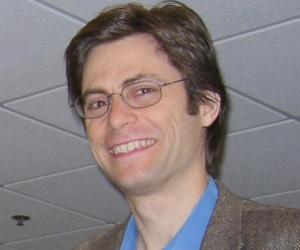
Born to math professor Harold S. Shapiro, Max Tegmark grew up to co-establish the Future of Life Institute, with funding from Elon Musk. The MIT professor is a specialist in cosmology, physics, and machine learning and had also penned a book on artificial intelligence, titled Life 3.0.

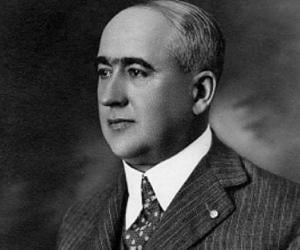
Milutin Milanković was a Serbian astronomer, mathematician, geophysicist, climatologist, and civil engineer. He is best remembered for his explanation of Earth's climate changes, which partly explained the ice ages. Milutin Milankovitch's biography inspired a 2007 documentary film titled A Traveler Through Distant Worlds and Times.
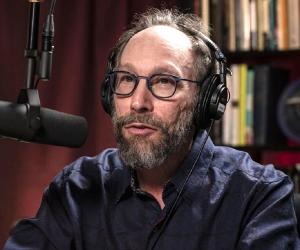
American-Canadian theoretical physicist Lawrence M. Krauss has taught at institutes such as ASU and Yale and also penned several bestselling books. Known for his research on dark energy and zero-energy states, he was later accused of sexual misconduct and thus lost the directorship of the ASU’s Origins Project.
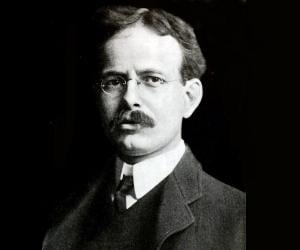
George Ellery Hale was an American solar astronomer. He discovered magnetic fields in sunspots, a discovery that gained him international fame. He played key roles in the planning or construction of several world-leading telescopes, including the 40-inch refracting telescope at Yerkes Observatory. He was a major figure in the foundation of the International Union for Cooperation in Solar Research.
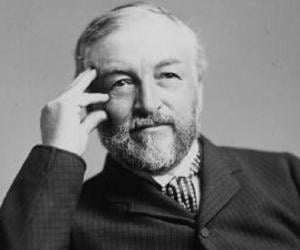
Astrophysicist Samuel Pierpont Langley had worked as an engineer before he taught physics and astronomy at the Western University of Pennsylvania. He later took over as the director of the Allegheny Observatory. He is best remembered for his research on solar radiation and for inventing the bolometer.
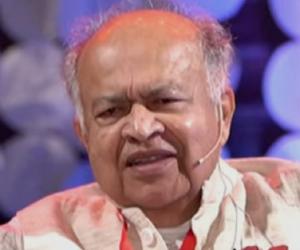
Born to a math professor father and a Sanskrit scholar mother, Astrophysicist and IUCAA professor Jayant Narlikar grew up to collaborate with Sir Fred Hoyle, leading to the conformal gravity theory, also known as the Hoyle-Narlikar theory. He has won the Padma Bhushan and Padma Vibhushan and penned sci-fi novels, too.
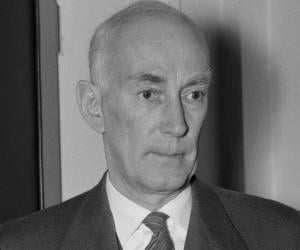
Jan Oort was a Dutch astronomer whose ground-breaking discoveries revolutionized astronomy. Widely regarded as one of the 20th century's greatest astronomers, Jan Oort's work helped understand the Milky Way. He also pioneered radio astronomy and was honored with several prestigious awards like the Bruce Medal, Gold Medal of the Royal Astronomical Society, Janssen Medal, and Prix Jules Janssen.
Radio astronomer and physicist Antony Hewish is best known for his Nobel Prize-winning research on pulsars. Apart from teaching at Cavendish Laboratory, Cambridge, he has also served as an advisory council member for the Campaign for Science and Engineering. He also has six honorary degrees to his credit.
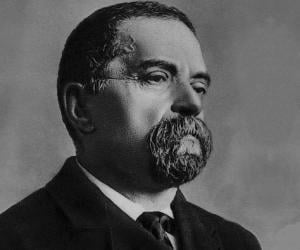
Giovanni Schiaparelli made headlines when he discovered the canals of Mars, suggesting the existence of intelligent life forms on the planet. He also discovered the asteroid named Hesperia and was associated with the Brera Observatory in Milan for more than 40 years. He had also been a senator of Italy.
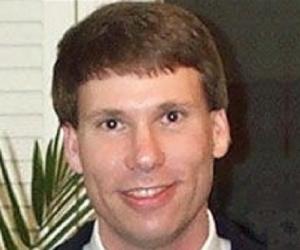
Famous for creating and maintaining MathWorld, the most widely accessed internet site for mathematical resources, Eric W. Weisstein is an encyclopedist who began compiling scientific encyclopedias as a high school student. Author of the bestselling book, CRC Concise Encyclopedia of Mathematics, he is also credited with creating ScienceWorld website.
Milan Rastislav Štefánik was a Slovak politician, diplomat, aviator, and Freemason. He served as the minister of war for Czechoslovakia during World War I while simultaneously serving as a general in the French Army. He was a leading member of the Czechoslovak National Council and contributed to the cause of Czechoslovakian sovereignty. He died in a plane crash in 1919.
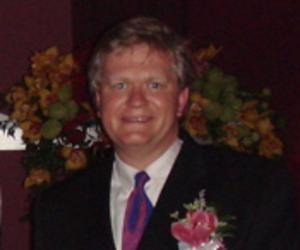
Nobel Prize-winning astronomer Brian Schmidt is best known for discovering what is known as dark energy of the universe. Born in the US, the Harvard alumnus later moved to Australia for his work. He has taught at the Australian National University and is now the university’s vice chancellor.
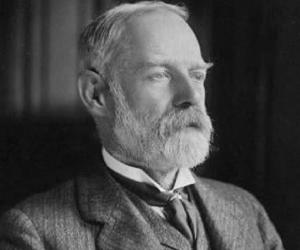
Born to legendary biologist Charles Darwin, George Darwin initially studied law and became a barrister. However, his interest in science made him deviate to astronomy. He believed the Moon was one part of the Earth. He later also taught at Cambridge and was made a Fellow of The Royal Society.
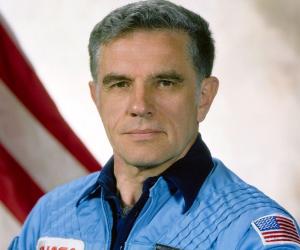
Karl Gordon Henize was a space scientist and astronaut who authored seventy papers on astronomy. He was posted at various observatories round the world. Later on, he joined NASA as scientist-astronaut and flew on space shuttle Challenger as a mission specialist.
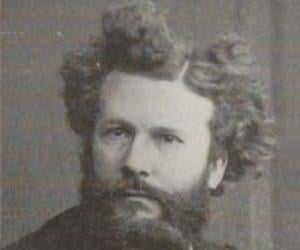
French astronomer Camille Flammarion began his career as a human computer at the Paris Observatory at 16. He believed intelligent beings from Mars had tried to communicate with people on Earth in the past. He also published L'Astronomie and penned sci-fi novels such as Omega: The Last Days of the World.
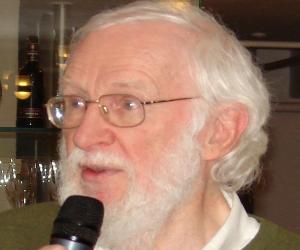
Peter Naur was a Danish computer science pioneer. Along with John Backus, he contributed to the development of the Backus–Naur Form (BNF) notation used in describing the syntax for most programming languages. He began his career as an astronomer, eventually shifting to computers. He was a professor of computer science at the University of Copenhagen for many years.
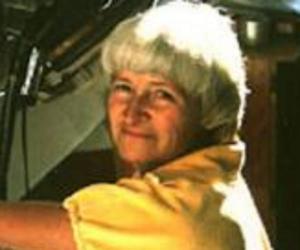
Carolyn S. Shoemaker is an American astronomer best known as a co-discoverer of Comet Shoemaker-Levy 9. A prolific discoverer of comets, she once held the record for most comets discovered by an individual. She was married to geologist Eugene Shoemaker and often collaborated with him. The couple was awarded the James Craig Watson Medal in 1998.
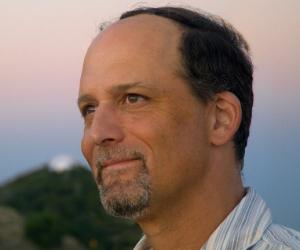
American astronomer Geoffrey Marcy is best known for his use of Doppler shifts in discovering many extrasolar planets, which paved way for discovery of several hundred planetary bodies in multiple star systems. Seventy of the first hundred known exoplanets were discovered by Marcy and his research teams, who also detected the first planetary system around a Sun-like star, Upsilon Andromedae
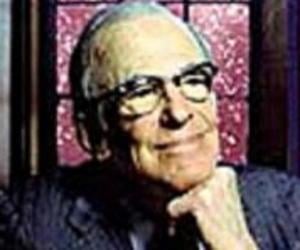
Lyman Spitzer was an American theoretical physicist, mountaineer, and astronomer. He was known for his research into star formation and plasma physics. He is credited with the invention of the stellarator plasma device and he was the one who first conceived the idea of telescopes operating in outer space. He was a founding member of the World Cultural Council.
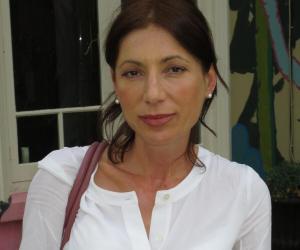
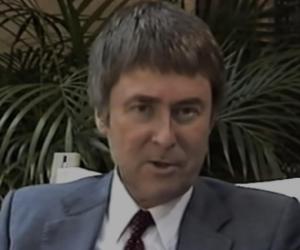
American physicist and space activist Gerard K. O'Neill is noted for inventing the particle storage ring for high-energy physics experiments and for proposing and advocating colonization of space. He proposed the space settlement concept O'Neill cylinder in his award-winning book The High Frontier: Human Colonies in Space, invented a magnetic launcher called mass driver and founded the Space Studies Institute.
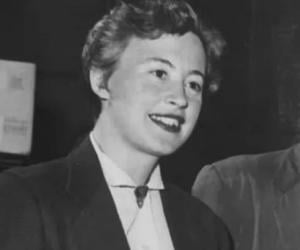
Margaret Burbidge was a British-American observational astronomer and astrophysicist. She was the first author of the influential B2FH paper and one of the founders of stellar nucleosynthesis. She held several leadership and administrative posts and was well known for her work opposing discrimination against women in astronomy. In 1988, she was awarded the Albert Einstein World Award of Science.
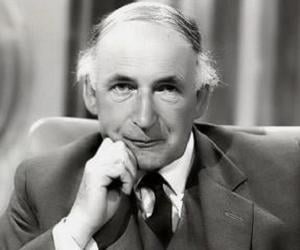
Bernard Lovell was a British physicist and radio astronomer who served as the first director of Jodrell Bank Observatory, holding this position from 1945 to 1980. He studied at the University of Bristol and embarked on an academic career. During World War II, he worked for the Telecommunications Research Establishment (TRE). He was awarded the Benjamin Franklin Medal in 1980.
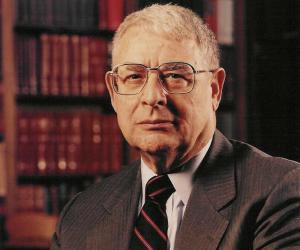
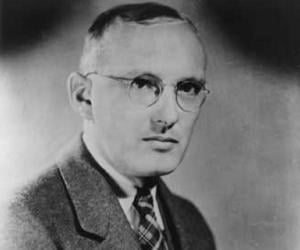
Karl Guthe Jansky was an American physicist and radio engineer. He first discovered radio waves emanating from the Milky Way in August 1931. However, due to his lack of formal training as an astronomer, research into radio astronomy remained dormant for many years. Later on, he came to be widely regarded as one of the founding figures of radio astronomy.
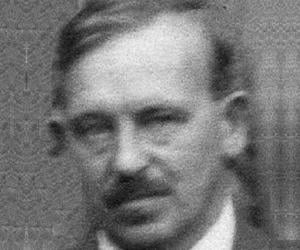
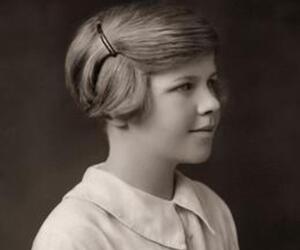
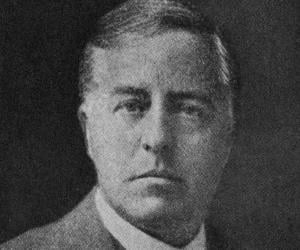
James Jeans was an English physicist, astronomer, and mathematician who made great contributions to the areas of quantum theory, the theory of radiation, and stellar evolution. Along with Arthur Eddington, Jeans is a founder of British cosmology. He spent his academic career at Trinity College, Cambridge, and the Princeton University. He received the Royal Medal in 1919.
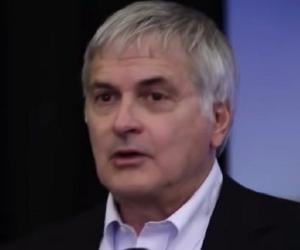
Best known as a senior astronomer of the SETI Institute, Seth Shostak has also been seen on the radio show Big Picture Science. He has also appeared as himself or as an astronomer in numerous films and TV series such as The Day the Earth Stood Still and Alien Encounters.
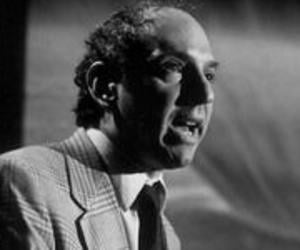
Although he studied English literature and eventually gained a master’s degree in the subject, David H. Levy was an avid comet watcher since childhood. He later teamed up with Gene and Carolyn Shoemaker to discover over 20 comets. A skilled science writer, too, he penned books such as Skywatching.
